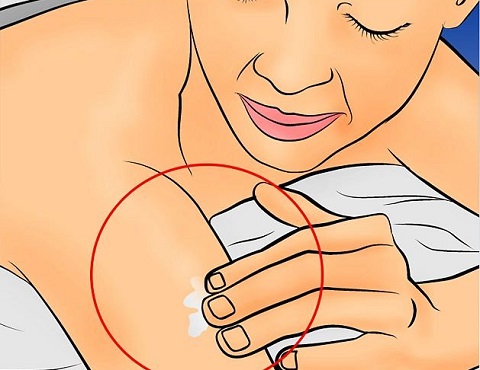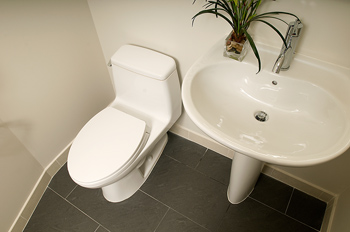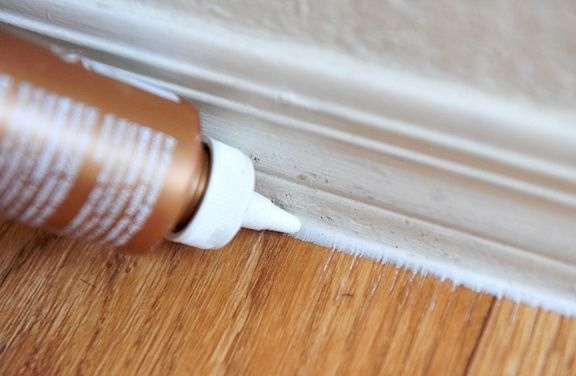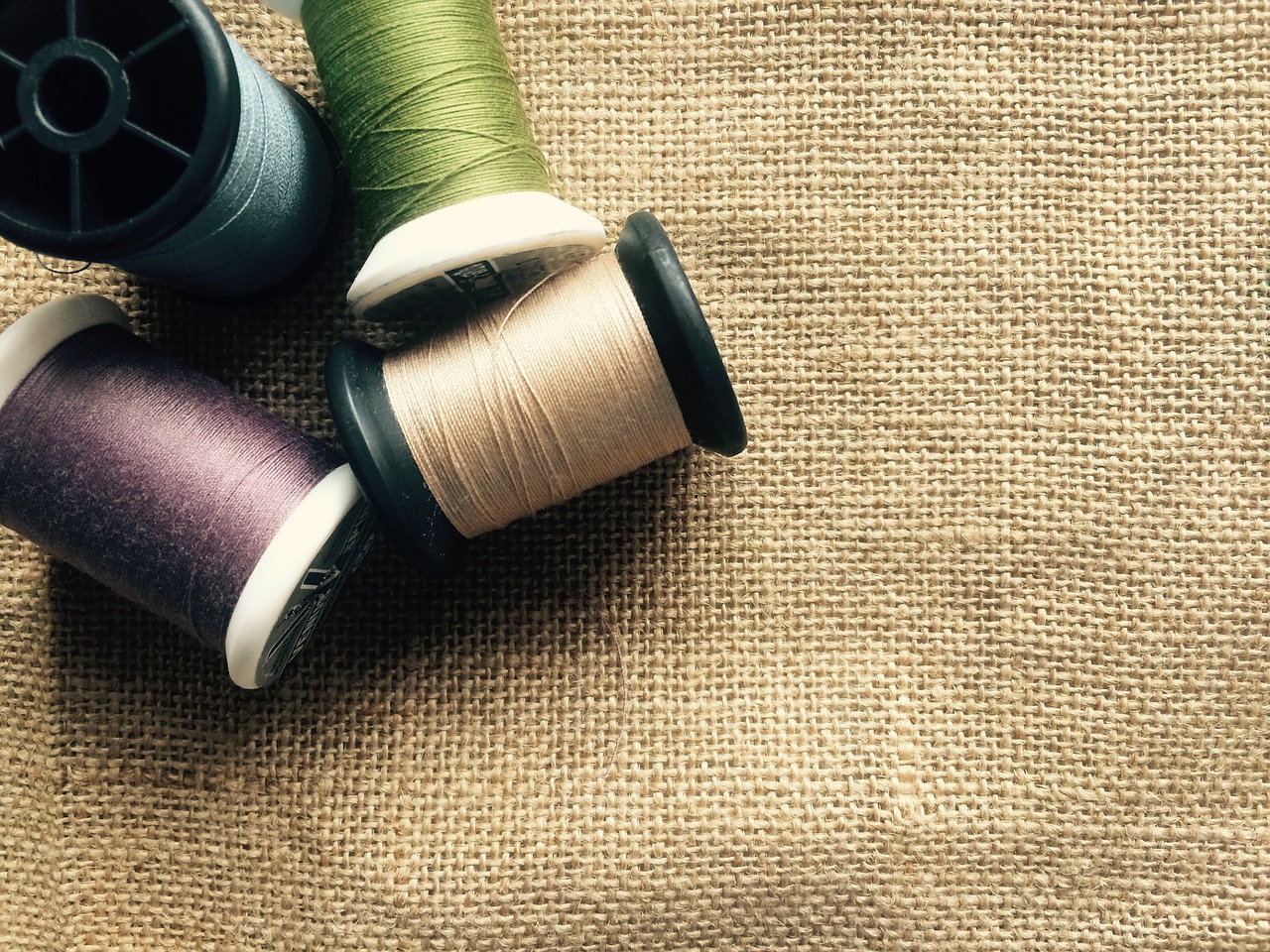
It is always important to choose fabrics that reflect your personal style and the feel you want for your living space, these go a long way in adding softness and comfort to your home. It is therefore essential to think about your lifestyle when making fabric choices; if your family loves snacking while watching movies, stick to a stain resistant fabric. If you live in a chilly climate you can opt for wool or leather. In this article we introduce most common fabrics used for home upholstery and a few handy tips to make note of when cleaning them.
Common Home Upholstery Fabrics
Cotton

Advantages – it is versatile and strong yet manages to feel soft to the touch as it comes in many weaves and finishes creating a vast space for casual to more formal designs.
Disadvantages – it soils rather easily and therefore requires frequent laundering.
Leather

Advantages – it is one of the few fabrics that develop character and softness with age, best of all is that it is rather easy to clean.
Disadvantages – it can prove expensive based on top grain quality or split hides and how it is dyed. It is also important to note that once punctured, the tears are rather difficult to repair meaning you may have to resort to full replacement.
Faux Leather
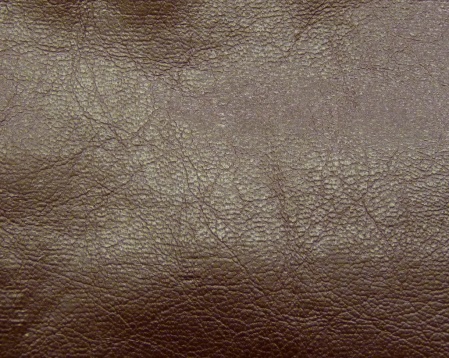
Advantages – this is a great option for homeowners that don’t want to break the bank in search of the perfect leather chair; it is inexpensive, easy to maintain and is highly recommended for rooms with a lot of activity such as children playing.
Disadvantages – one has to contend with the fact that faux leather is never the same quality as real leather and may not feel as soft to the touch.
Microfiber
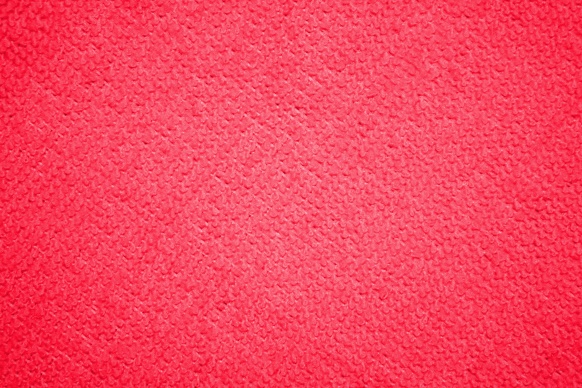
Advantages – it is durable, soft, lightweight and wrinkle resistant; it serves as a less expensive alternative to suede.
Chenille

Advantages – this is a cotton blend and is a family favourite option because it stands the test of time while remaining super comfortable.
Velvet

Advantages – this is a luxurious and plush fabric that adds just the right touch of elegance to your space.
Disadvantages – it is very difficult to maintain as it it’s fragile, it requires expert cleaning.
Polyester
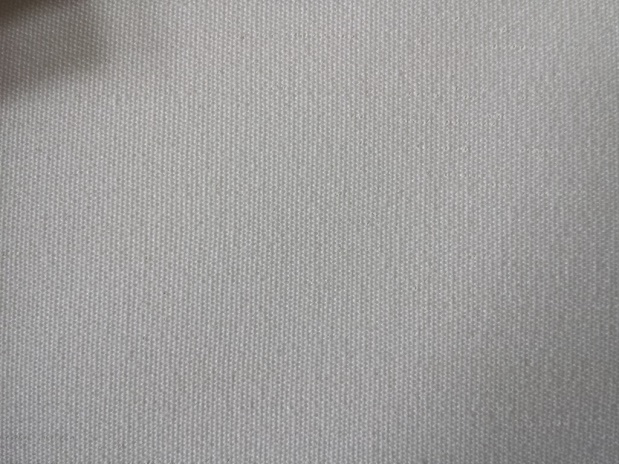
Advantages – this is often blended with natural fibres and is perceived as wrinkle and fade resistant.
Linen

Advantages – this is a great fabric that resists pilling and fading.
Disadvantages – it is recommended for low traffic areas as these fabrics are prone to wrinkling and must be professionally cleaned.
Washing Guide
Traditional upholstery was designed attached to furniture; it often proved harder to spot clean and required a lot of professional care. With modern day design, you can quickly and conveniently remove upholstered slipcovers and toss them in the washing machine when soils and stains occur. Regular cleaning of removable covers brightens their appearance and prolongs their lifespan while protecting them from wear and tear.
Most removable upholstery can go right into the washing machine but some fabrics require professional cleaning. The first step in washing your covers is to consult the care label; this serves as your manual, it is important to check this as it is done to ensure that your fabric is pre-shrunk and colourfast. When you find that your fabric is colourfast do not clean by hand or machine wash because untreated fabrics bleed colours and shrink when washed. If you check for a care label and find no guidelines it is still possible to analyse the fabric, this is done by dabbing a damp cloth of a concealed part and if the colour transfers refrain from washing it by machine or hand wash.
Pre treatment of stains
The next important step is pre treatment of stains, this is a process carried out to eliminate lotions and oils in the fabric making it easy to clean. For pre – treatment apply stain remover to the stain, dab it on and gently rub it into the fabric letting it sit until you wash the item giving it time to penetrate the fibers and lift stubborn stains. This will ensure the cleaning process is much easier as tough stains have been broken down and your fabrics will clean with less effort.
General wash tips
To clean your fabrics through a thorough hand wash, the following tips will come in handy.
- Fill out your basin with lukewarm water and as it fills add the recommended dose of detergent swishing it in the water to ensure it has completely dissolved then lay your garment in the water.
- Treat the stains formed by gently working some laundry stain remover into them rather than aggressively scrubbing as this could damage the fabric, as the fabric soaks squeeze the water through and rinse.
- Twisting and wringing wet fabric is a sure way to ruin them, carefully lift the fabric out of the water and squeeze the water out.
- The best way to dry your fabrics is the natural sunlight and air drying.
To clean your clothes using a washing machine, do not overload the washer and constantly check the water temperature to prevent dye transfer from colourfast fabrics. A few tips to note include the following:
- A wash cycle of 10 – 14 minutes is sufficient for most fabrics.
- Use hot water for white and colourfast fabrics.
- Use warm water for synthetic fabrics, this cleans while minimizing dye loss and reduces wrinkling.
- Use cold water for bright red and orange dyes that can lose colour without losing intensity, the warm water protects the sensitive dyes.
- For rinsing, use cold water to reset dye fastness.
To dry your fabrics, check your garment label for care instructions and specifics; you can opt for natural sunshine as this is a favourable method used widely or use the automatic dryer.
Ironing Tips
Modern times have brought technology that can perform tasks such as permanent pressing and non – iron fabrics that require little to no straightening. Many individuals therefore do not iron their clothes; there are however those who still prefer this. Here are a few tips and guidelines to follow when ironing your delicate fabrics:
- Refer back to your handy care label for any procedure to be followed and the preferred temperature setting.
- Never iron items with stains, this is recommended because the heat from the iron could leave permanent marks.
- Keep your iron and ironing board cover clean, this will help you avoid stains on your freshly laundered garment.
- When ironing pile fabrics.
- When ironing pile fabrics such as linen or dark fabrics iron on the wrong side to prevent de- texturizing and shining of the fabric.


